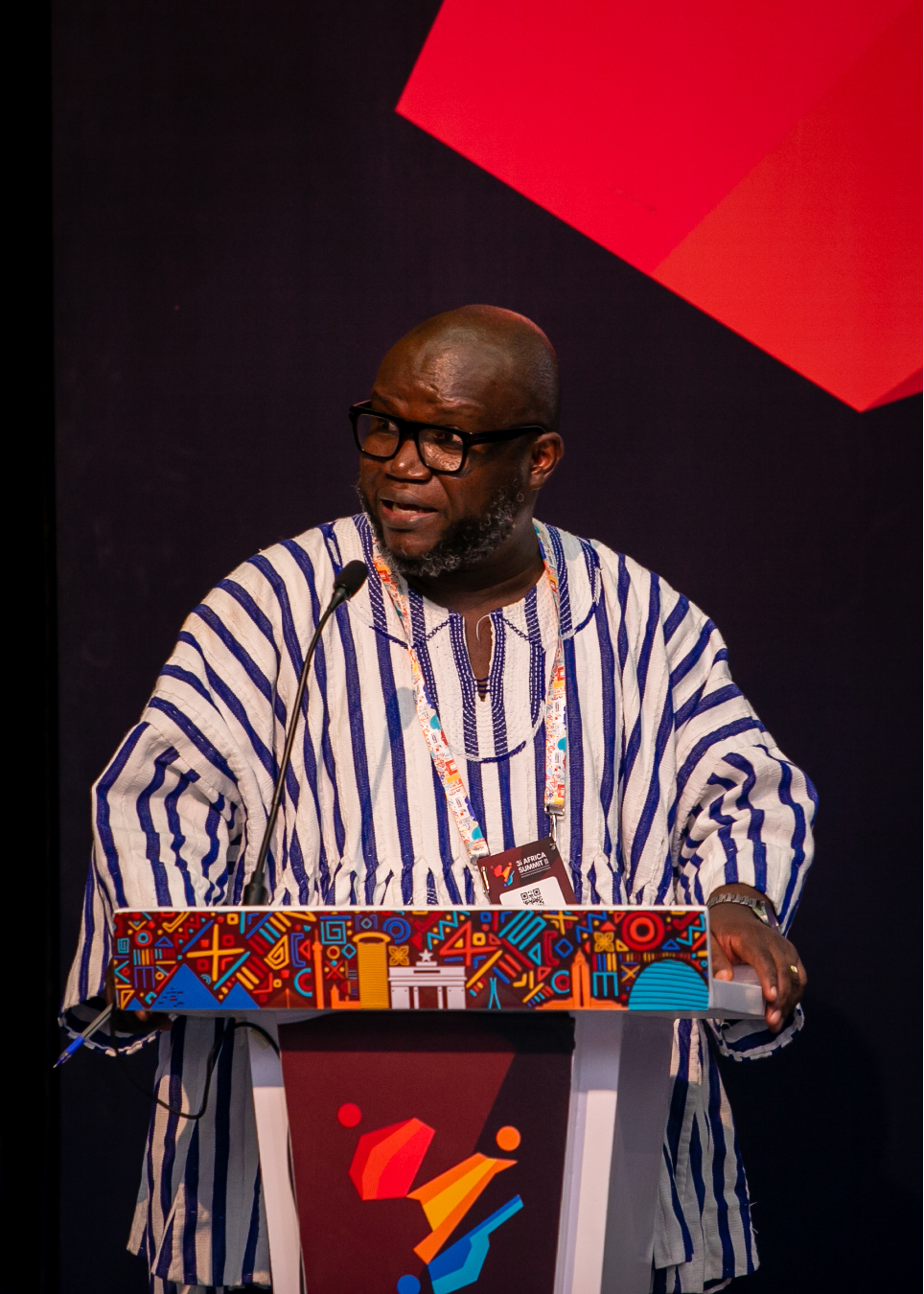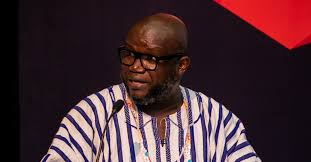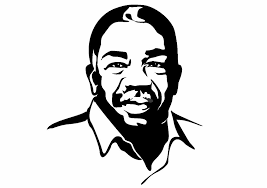Bridging the Digital Divide: The Resilience of Satellite TV in the Age of Digital Media
In recent years, the proliferation of digital media platforms has been inseparably linked to the telecommunications industry’s drive for smartphone penetration, data, and internet services. This evolution has significantly impacted media consumption and television viewing, especially on emerging digital platforms. The telcos have been pivotal in accelerating the adoption of smartphones and enhancing internet accessibility. By investing heavily in infrastructure, they have enabled a broader segment of the population to access digital media platforms. However, considering the GSMA’s 2023 report on the State of Mobile Internet Connectivity in sub-Saharan Africa, 15% of sub-Saharan Africa have no network coverage, 59% have network coverage but are not connected, which means they make no use of this network signal flying over their heads (the usage gap). Only 25% have a signal and are also connected. Of the people who have a signal but are not connected, 40% are not connected because they do not have a device.
In Ghana, to address this usage gap of 60% is a challenge, and the telecommunications industry in Ghana has invested over GHS17.6 billion in Capital expenditure over the past decade from 2014 to 2023. They spent in excess of GHS4.4 in 2023 in the bid to bridge this gap and provide coverage and connectivity. However, the Ghanaian smartphone penetration, though on the rise, has not yet reached its full potential. The 2020 Household Survey on ICT recorded smartphone penetration at 46.1%. The is still more work to be done, this would require more collaboration between policymakers, regulators and operators from the telecommunication and broadcasting industry. Policies would have to be geared towards driving innovation and attracting the necessary investment into the sectors.
These improvements in technology have transformed how people consume content, shifting preferences towards on-demand streaming services, video services on social media and digital TV. However, this digital revolution has predominantly benefited urban and semi-urban areas who have access to more developed infrastructure. Considering the fact current mantra of driving digital inclusion and leaving no one behind there is still work to be done.
The improvement referred to above have resulted in the continuous erosion of satellite TV broadcasting’s dominance due to these shifting consumer behavior and channels adapting to these changes. However, a substantial gap still remains in areas where access to smartphones and data services is limited by affordability, availability as well as digital illiteracy. Consequently, satellite TV continues to hold a significant market share and its role is still significant and cannot be over emphasized. This is especially so as Digital Terrestrial Television (DTT) is not ubiquitous.
The launch of Multi TV 15 years ago exemplifies a strategic initiative to bridge the digital divide in television access. A collaboration between SES, KNET, and Multimedia Group, birthed Multi TV which was designed to democratize TV viewing, providing over 5 million homes with access to television. This partnership capitalized on satellite technology to reach areas where cable and internet services were either unaffordable or unavailable, ensuring that a significant portion of the population could enjoy TV content. At its inception, the world was transitioning from standard definition (SD) to the early stages of high definition (HD) broadcasting. Multi TV’s introduction came at a critical juncture, offering an accessible solution to many who otherwise would have remained disconnected from modern broadcasting trends.
In 2020, Multi TV advanced further with the launch of HD+, providing a superior viewing experience with 5X clearer pictures, Local Channel Numbering (LCN), Personal Video Recorder (PVR) capabilities, and an Electronic Program Guide (EPG). The transition from SD to HD marked a significant improvement in TV viewing experiences in Ghana. HD+ offered superior picture quality and advanced features, ensuring that the existing 5 million Ghanaian homes caught up with global standards in television quality, significantly enhancing their viewing experience. This upgrade was pivotal in retaining viewers amidst the growing competition from digital platforms. It allowed. The transition to HD+ was not just a technological upgrade but demonstrated a commitment to improving content quality and viewer satisfaction. This move was pivotal in retaining viewers amidst growing competition from digital platforms that offered superior picture quality and user interfaces.
The HD+ platform has fostered collaboration and innovation among various stakeholders, including telcos, satellite operators like SES, content providers, distributers and installers of the DTH service. Advertisers have benefited from the expanded reach and improved content quality, increasing their investment in TV advertising. Content producers have been incentivized to create higher quality programming, knowing they can reach a broader audience. Numerous distributers, agents and installers have seen their business grow. A phenomenon that has created jobs for the teaming youth.
Recently, HD+ has been moving towards a Free-To-Air (FTA) model, a shift with far-reaching implications for the television market in Ghana. This transition is expected to foster greater opportunities for the stakeholders referred to above. By offering HD+ as FTA, there is potential to open up the space for more innovation and expansion, addressing the market saturation in urban areas and extending quality content to underserved areas. It would further offer quality HD television to an even wider audience, using a different business model that would be beneficial to the ecosystem when appropriately harnessed. The FTA model’s success hinges on robust collaboration across the broadcasting ecosystem. Distributers can leverage their extensive networks to enhance distribution, ensuring that more households can access HD+ content on the FTA platform. Advertisers, attracted by the expanded reach and improved content quality, are likely to increase their investment in television advertising, driving revenue growth for broadcasters.
Moreover, content producers will be incentivized to create higher quality, diverse programming, knowing they can reach a broader audience. This dynamic creates a virtuous cycle of investment and innovation, ultimately benefiting viewers with richer and more varied content. The evolution of digital media platforms, incited by telcos’ efforts to increase smartphone and internet penetration, has reshaped the media landscape. While this trend has challenged traditional satellite TV’s dominance, initiatives like Multi TV, the HD+ upgrade demonstrate the enduring relevance and adaptability of satellite broadcasting. The shift to an FTA model for HD+ is poised to drive further collaboration and innovation, expanding the TV market in Ghana and ensuring that quality television remains accessible to all. As the industry continues to evolve, these partnerships will be crucial in navigating the future of not only media consumption and broadcasting, but also digital inclusion.
Digital inclusion is crucial for driving development in Ghana and across the continent. Ensuring access to smartphones and data services for all will enable broader participation in the digital economy, improve access to information, and enhance educational opportunities, especially digital literacy. If the telecommunication and TV infrastructure is built and innovative solutions sorted out, we will have a Ghanaian and an African population poised to take advantage of it and accelerate our development? This inclusivity is vital for sustainable development and economic growth.
Looking ahead, media consumption will continue to evolve with advancements in technology. The integration of artificial intelligence, augmented reality, and virtual reality into media platforms will provide new and immersive viewing experiences. The collaboration among telcos, satellite operators, and content providers will be crucial in driving these innovations. As digital and satellite platforms coexist, ensuring digital inclusion will be key to unlocking the full potential of Ghana’s TV market and driving the continent’s developmental agenda.
This post has already been read 1425 times!








Post Comment